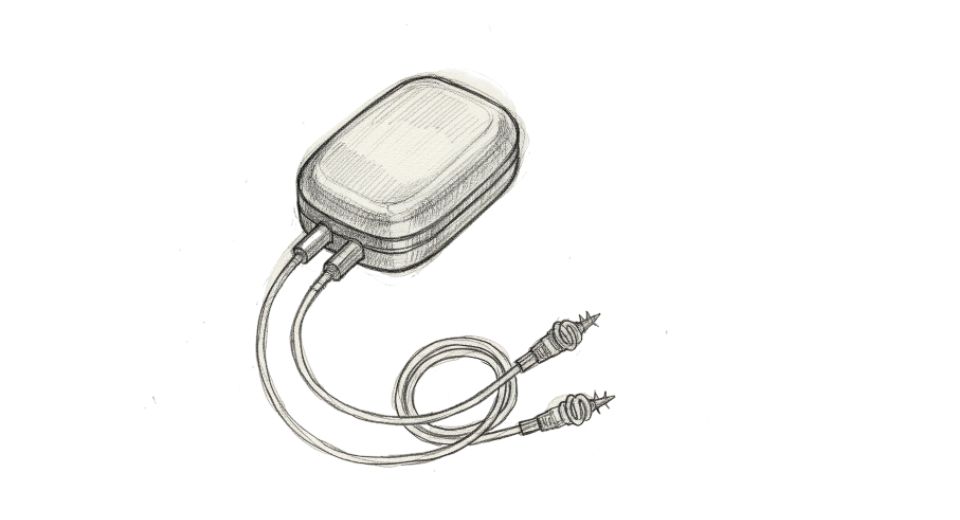
Oct 23, 2025

The global cardiovascular devices market, as defined by Metastat Insight, mirrors the way in which contemporary medicine continues to marry accuracy with intent. As the population grows and lifestyles evolve, cardiovascular awareness has become a worldwide, global concern. Hospital wards to in-home care monitoring systems, technology aiding cardiovascular therapy dictates outcomes in terms of historically intrusive methodology. Treatment for heart health in the modern era varies from operating rooms to prevention, diagnosis, and tailored monitoring bringing high-tech treatment to the masses.
Industry Environment and Today's Healthcare Needs
Health care networks are under mounting pressures for efficiency, accuracy, and patient-focused therapy. Cardiovascular disease is still one of the most capital-intensive illness, driving demand for more intelligent, less invasive, and more integrated solutions. The innovations in the marketplace meet these requirements by offering technologies that are expanding monitoring, allowing for enhanced early detection, and making advanced therapeutic intervention possible. The equipment that previously required complex hospital infrastructure is being reconfigured for outpatient and even home use, transforming accessibility and patient experience. Not only does it decongest healthcare infrastructure, but it also opens access to high-quality care in non-specialist areas.
Functionality and Utility of Next-Generation Devices
These medical devices are designed to restore rhythm, measure flow, and preserve the natural functionality of the human heart more precisely than ever before. Their applications vary from diagnostic imaging and monitoring to minimally invasive repair and long-term disease management.
It's what sets today's Cardiovascular Devices apart that the harmonious combination of digital acumen and mechanical dependability prevails. Remote monitoring of data and analytics enable live realignments, and practitioners are able to gain a better sense of patient wellbeing between visits. Next-generation materials, sensing modes, and optimized interfaces enable them to become more intuitive and safer to use, producing consistent performance and patient comfort.
Evolution and Market Momentum
Cardiovascular technology has developed consistently, driven by and in response to need and innovation. Functionality was the concern of early models; functional flexibility, connectivity, and patient interaction are today's design priorities. Miniaturization, intelligent data capability, and hybrid device innovation have been significant advancements.
These advancements have encouraged the self-assurance of medical professionals, and hence more ambulatory, hospital, and clinic venues have become users, triggering further growth. Growing innovation in materials technology, wireless communications, and non-invasive imaging further raises the bar on what can be done, positioning this market at the forefront of medicine-technology convergence.
Regional and Global Perspective
Adoption of cardiovascular technology differs regionally, depending on the healthcare infrastructure, funding priorities, and public campaigns. The mature markets are evolving continuously in terms of sophistication, and emphasis is being put on quality and convergence into the digital, whereas the emerging economies are chasing phenomenal momentum with healthcare growth in investment.
Asian-Pacific, Latin American, and Middle Eastern geographies are coming out from behind in the process of healthcare system renewal and seeking scalable, reliable cardiac solutions. This geographic imbalance also indicates the manner in which cardiovascular innovation has been diffused from mature economies to a global healthcare agenda
Balancing Challenges and Opportunities
Though innovation has moved rapidly, the firm still has considerable challenges. Complicated manufacturing, regulatory channels, and trained operation requirements pose obstacles to broad deployment. Competitive forces in the firm also encourage manufacturers to differentiate on design, connectivity, and interoperability. Opportunity remains, however, in vast numbers.
Interoperability with digital health platforms, cloud-based tracking firms, and analytical agencies is creating new frontiers in preventive care and tailored treatment. Greater convergence with telemedicine and wearable technologies is a revolution that sees Cardiovascular Devices evolve from reactive treatment devices into proactive health companions. T
The Increasing Relevance in the Contemporary World
The relevance of cardiovascular innovation cannot be separated from larger global trends aging populations, sustainability efforts, and the development of connected systems of care. By improving patient outcomes and balancing hospital loads, these devices directly contribute to more sustainable models of care. They also align with digital transformation initiatives centered on continuous monitoring, data transparency, and preventive intervention. The global Cardiovascular Devices market, as illustrated by Metastat Insight, sees a universal longing for smarter, stronger health systems. Technology and biology have not yet reached the point of convergence, and these technologies are therapeutic agents themselves but also building blocks of a healthier, more cohesive future.
Drop us an email at:
Call us on:
+1 5186502376
+91 73850 57479